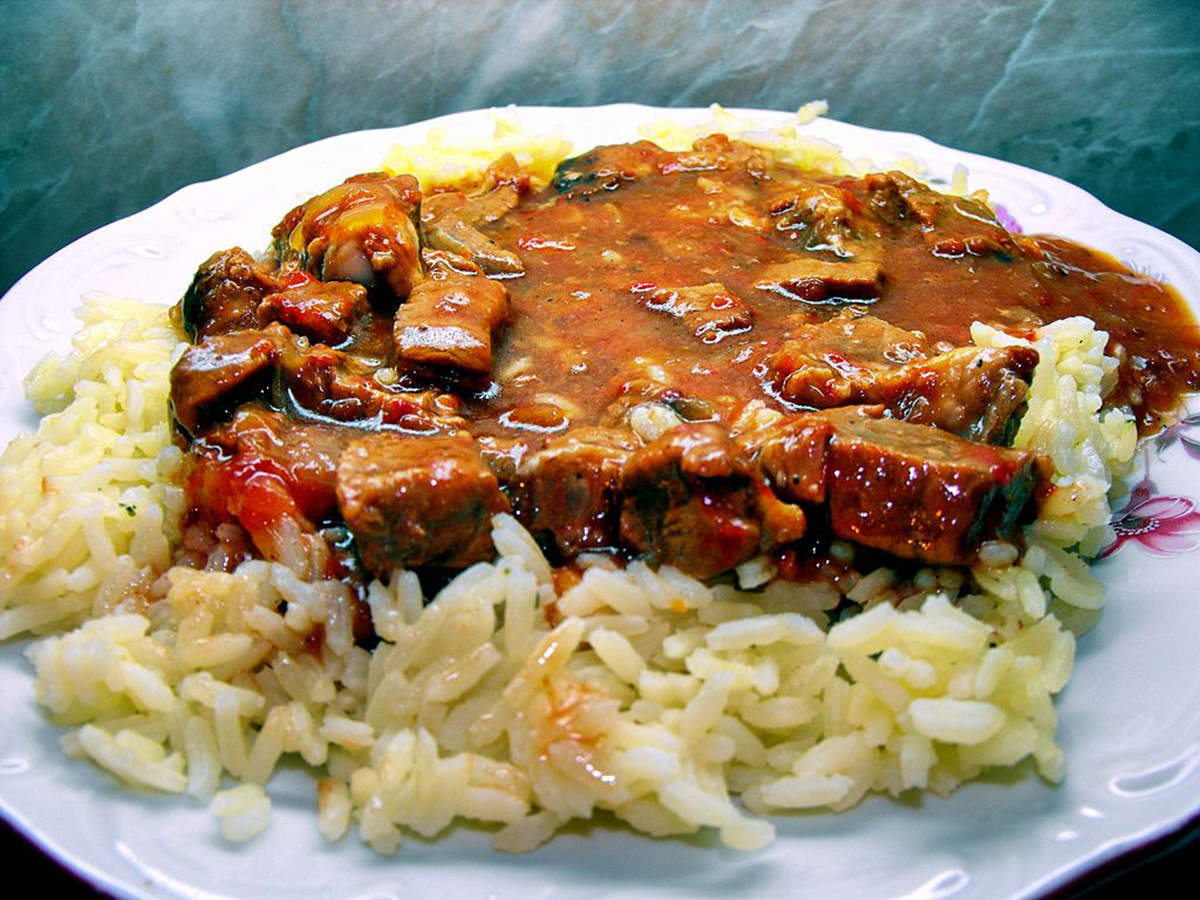Table of Contents
Now that we’ve dispelled the myths around why carbs are often considered bad, and given the cold shoulder on a weight loss diet, let’s take a look at why, how and where they might be beneficial.

Your body’s preferred source of energy is carbohydrate. Carbs (either as glucose in the bloodstream or stored glycogen, as discussed earlier) are the easiest substrates for your body to break down and use for energy. You can use protein and fat for energy too, but the processes involved in metabolizing these is far more complex and time consuming, hence your body will always opt for carbs when it has a preference.
Another great reason to include carbs in your diet is because they’re muscle sparing.
When you lower your calorie intake, your body has to fight to maintain its energy sources. Unfortunately, this can mean digging into muscle mass so it can use protein as energy. While “getting muscly” may not be one of your main goals, retaining muscle is vitally important, as it not only improves your physique, but also helps keep your metabolic rate and speed of calorie burning up.
Without adequate carbs, you’re far more likely to drop muscle, get weaker, and end up with that “skinny fat” look.
Carbs taste good!
Yep, you might be surprised to be reading a dieting article that advocates eating foods you enjoy, but enjoying the diet you’re on is paramount, as the more you enjoy it, the more likely you are to stick to it, and get the results you desire. As we’ve seen that carbs are certainly not detrimental, why would you not eat them if you enjoy them? Provided you pick mainly nutrient-dense, filling carbs that you find satisfying, carbs can make a restricted calorie diet far easier to stick to.
How many carbs do you need?
A good, simple approach is to derive around 30 to 40 percent of your calories from carbs.
As carbs contain 4 calories per gram, this works out to 150 to 200 grams of carbs daily.
See Also: 10 Carbs You Should Always Keep In Your Diet
The rules on carbs
Within reason, you can eat any carbs you like, provided they fit your calorie intake and carb quota. That being said, fibrous carbs tend to be much more filling and contain higher levels of nutrients. Therefore, whole-grains, beans and pulses, along with carbs from vegetables and fruits, plus trace carbs in dairy products are your best bet. Aim to get a good 75 percent of your carbs from these, then eat smaller amounts of higher-sugar, less nutrient-dense carbs such as crisps, white pasta, ice cream, cookies and so on.
- "Insulin…an Undeserved Bad Reputation", By James Krieger, Accessed on April 23, 2014
- Mindmap by steadyhealth.com
- Photo courtesy of Biso by Wikimedia Commons : en.wikipedia.org/wiki/File:Kebap1027.JPG

